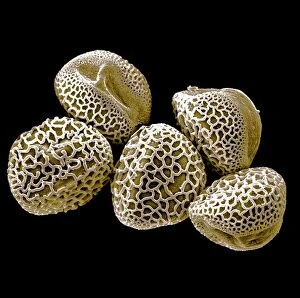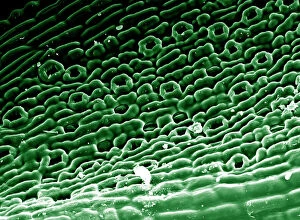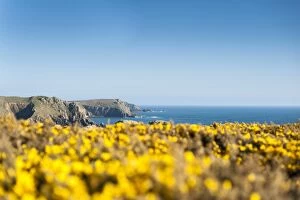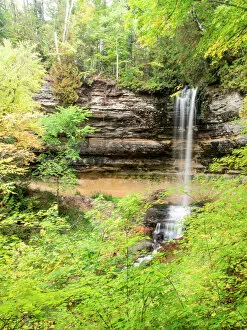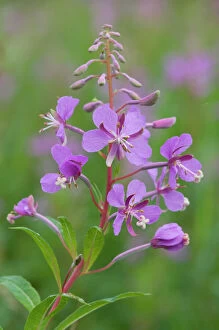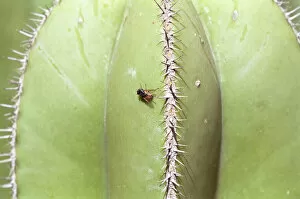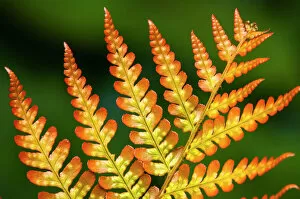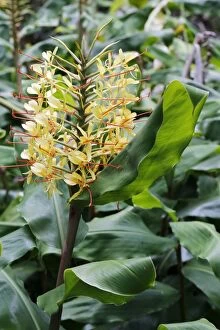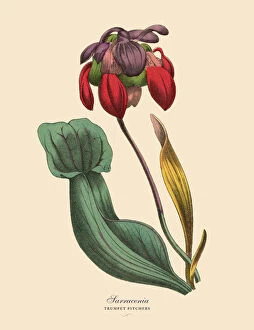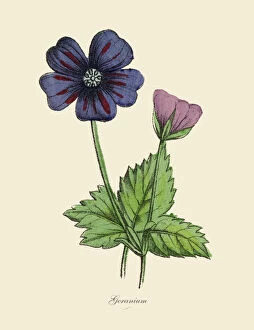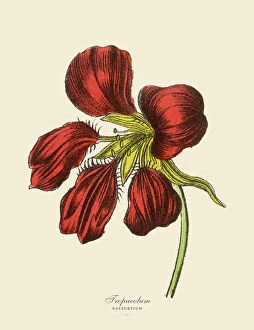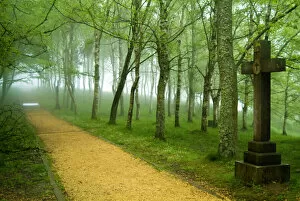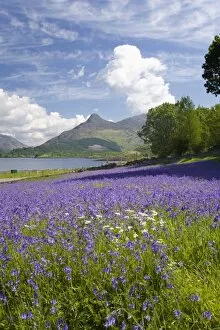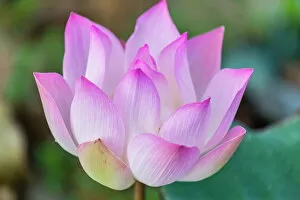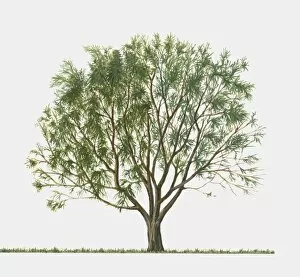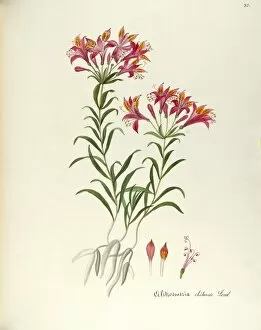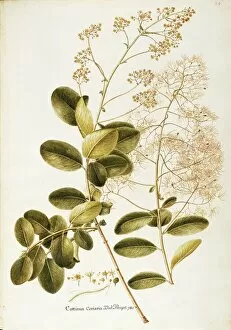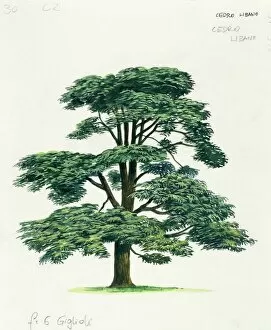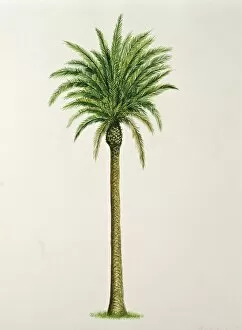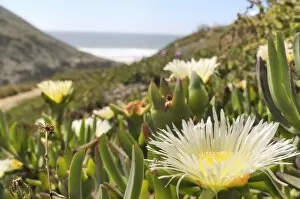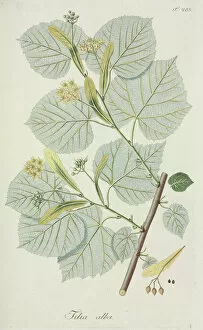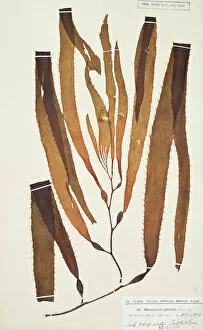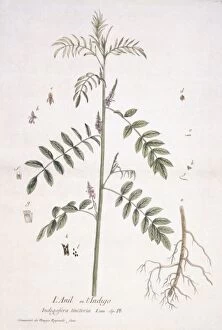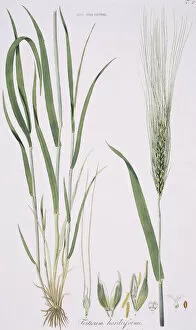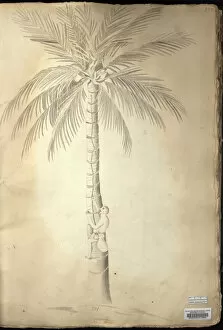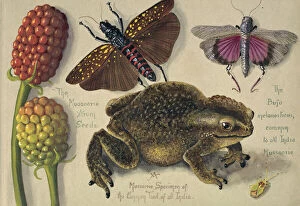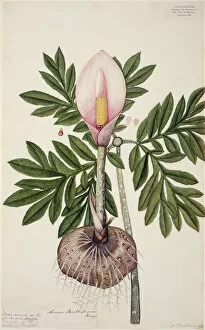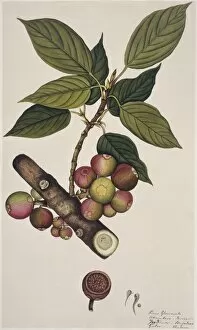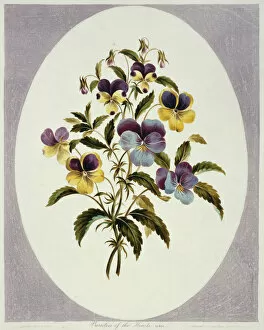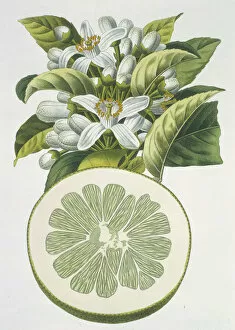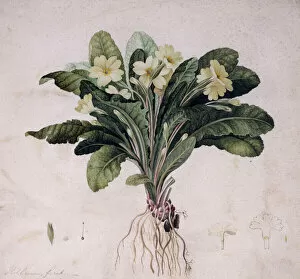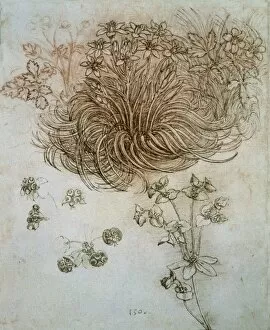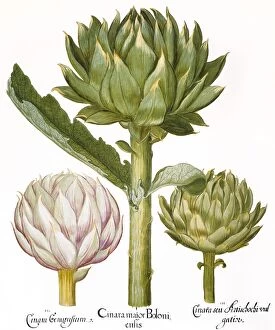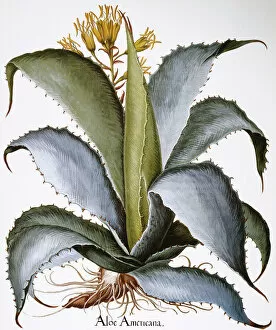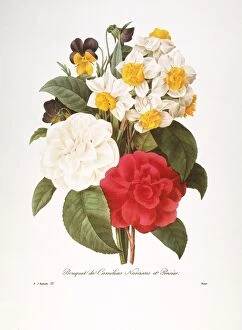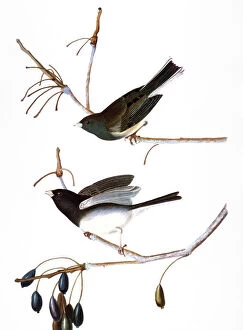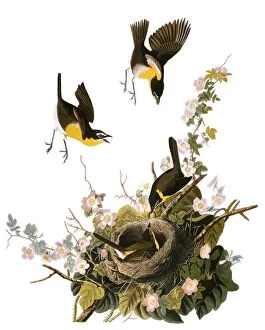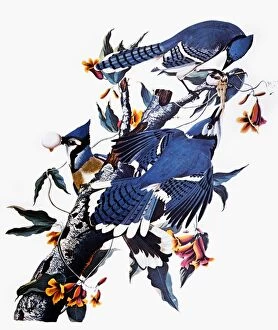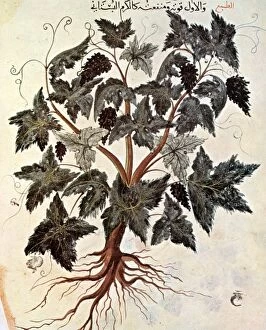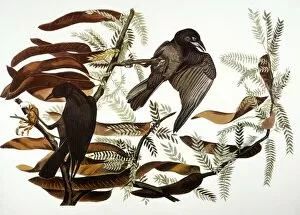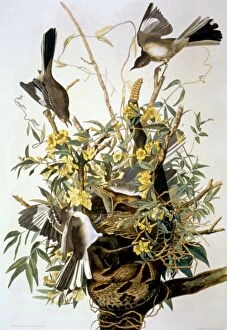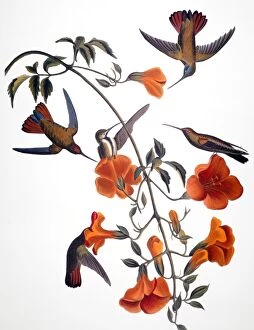Botany Collection (page 9)
"Exploring the Botanical Wonders: From Banyan Trees to Poisonous Mushrooms" Majestic and awe-inspiring, the Banyan tree stands tall in Lahaina, Maui, Hawaii
For sale as Licensed Images
Choose your image, Select your licence and Download the media
"Exploring the Botanical Wonders: From Banyan Trees to Poisonous Mushrooms" Majestic and awe-inspiring, the Banyan tree stands tall in Lahaina, Maui, Hawaii, United States of America. Its sprawling branches create a natural canopy that transports you to the enchanting Pacific paradise. Delicate yet resilient, the Victorian Botanical Illustration captures the intricate beauty of the Oak Tree or Quercus. These timeless artworks bring nature's wonders to life with their detailed depictions. Immerse yourself in art and nature at the Barbara Hepworth Museum and Sculpture Garden in St. Ives, Cornwall, England. Admire sculptures inspired by botany as they harmonize with lush surroundings. Journey through Scotland's vibrant landscapes adorned with Thistles like Milk Thistle and Musk Thistle - captured exquisitely in Victorian Botanical Illustrations that showcase their unique allure. Encounter a living fossil known as Monkey Puzzle tree (araucaria imbricata). With its spiky foliage resembling puzzle pieces, this intriguing species adds an element of mystery to any botanical exploration. Step into a time capsule with a vintage illustration of Morel mushroom from 1891 - showcasing nature's artistic intricacies while evoking nostalgia for botanical enthusiasts worldwide. Traverse La Fortuna's rainforest on a hanging bridge amidst Costa Rica's breathtaking scenery in Central America – where verdant canopies envelop your senses and reveal hidden treasures within botanic realms. The graceful Weeping Willow sways gently along riverbanks worldwide – its cascading branches creating ethereal scenes that inspire tranquility and evoke poetic musings about life's interconnectedness. Embark on an adventure at Disneyworld's Animal Kingdom in Orlando, Florida – where The Tree of Life reigns supreme as an iconic symbol celebrating biodiversity through meticulously crafted animal carvings.


